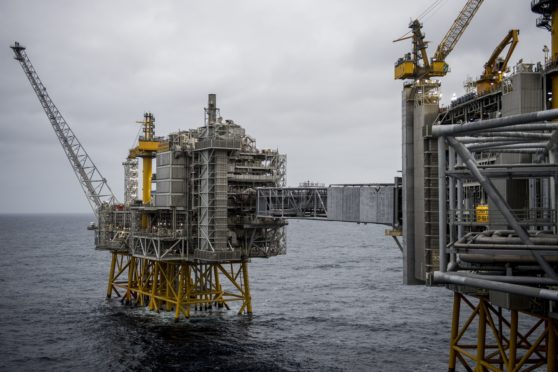Oil prices shook off the risk-off trade on Monday and rose early on Tuesday, amid expectations that U.S. Treasury Secretary nominee Janet Yellen will push for a large relief package to support the U.S. economic recovery.
As of 10:39 a.m. ET on Tuesday, WTI Crude prices were up 0.92 percent at $52.80 and Brent Crude was trading up 1.92 percent at $55.80.
A weaker U.S. dollar also helped the rise in crude oil prices. The dollar slipped from a one-month high early on Tuesday, just before Yellen was expected to speak at the Senate Finance Committee at her confirmation hearing. According to Reuters, Yellen was expected to say that the U.S. must “act big” in the upcoming stimulus package.
The weaker dollar, which makes crude cheaper for holders of other currencies, as well as expectations that a large stimulus package will bolster economic growth in the world’s largest economy later this year, pushed oil prices higher on Tuesday.
In addition, despite the fact that the International Energy Agency (IEA) cut its oil demand recovery outlook for this year by 300,000 bpd to 5.5 million bpd, the agency noted in its closely-watched Oil Market Report on Tuesday that “a widespread vaccination effort and an acceleration in economic activity is expected to spur stronger growth in the second half of the year.”
“Much more oil is likely to be required, given our forecast for a substantial improvement in demand in the second half of the year,” the IEA said.
Some small supply outages may have also supported oil prices. Kazakhstan, a key OPEC+ producer of the non-OPEC group led by Russia, has seen in recent days its oil production lower than average because of power outages in freezing winter. Libya is also reportedly pumping oil at a rate lower by 200,000 bpd compared to last week after a leak forced the shutdown of an oil pipeline.
Crude oil prices are holding up well and have yet to break any downside levels that could signal a deeper short-term correction, Saxo Bank said in a market commentary early on Tuesday.






